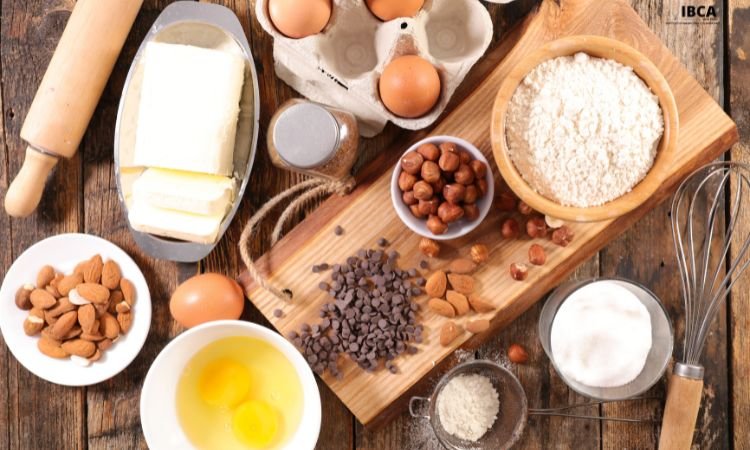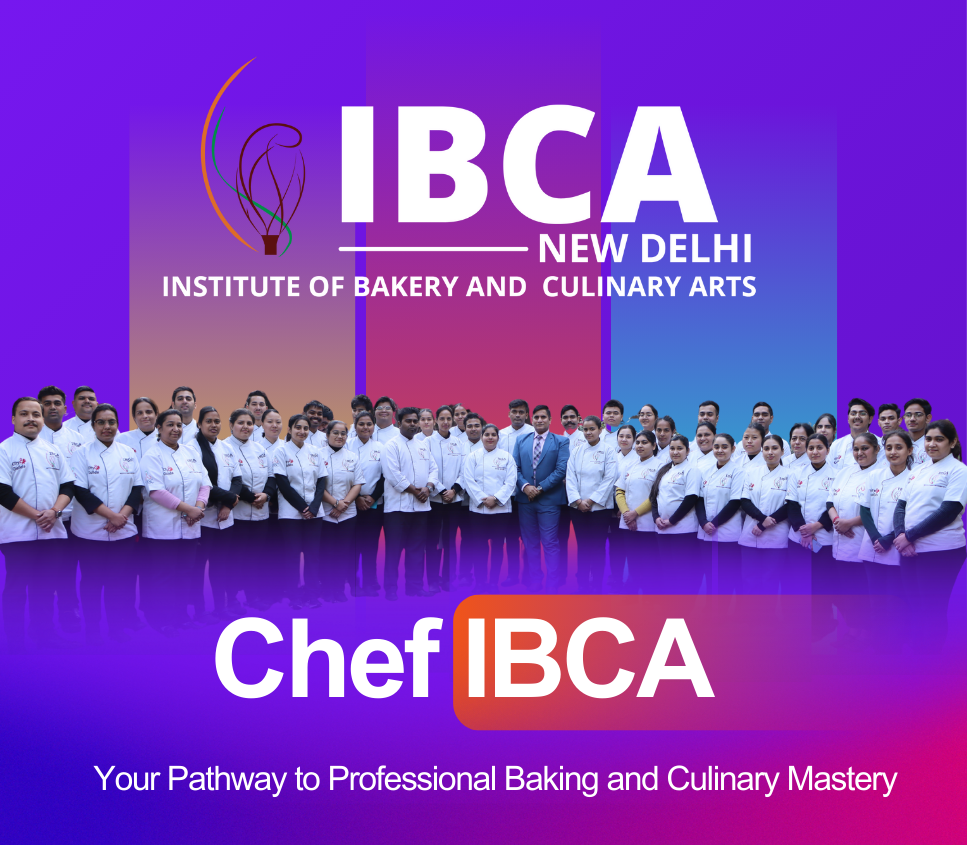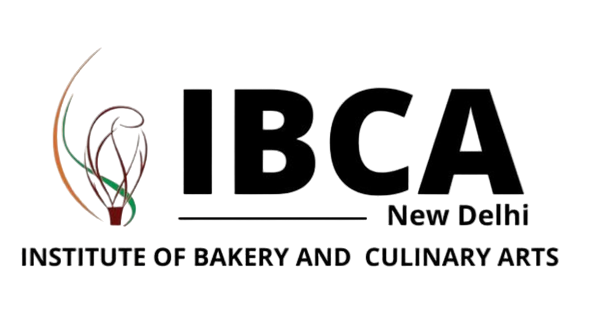Diving into the world of baking, the pursuit of the ideal moist chocolate cake is a combination of art and science. A piece of chocolate cake has the power to uplift and soothe people, and baking is a really easy way to do this. There are many wonderful cake-baking classes in Delhi and recipes out there helping everyone prepare a former taste of moist chocolate cake. You’ll quickly become addicted to this chocolate cake recipe because of its incredibly moist crumb and delicate, yet light texture. For three times the chocolate flavor, add chocolate buttercream and chocolate chips on top.
Regardless of your preference for it to be moist and black, rich and chocolaty, or fluffy and light, as long as you follow a few golden rules, it should turn great each time. This blog aims to elaborate on the intricacies behind achieving that luscious moisture texture, guiding you with every pinch step of creating a decadent delight that fascinates the taste buds.
Science Behind a Moist Chocolate Cake
To prepare your chocolate cake soft and fluffy, you are just required to use stuff like baking soda and baking powder called raising agents that significantly help in giving a fluffy structure. Baking powder is made from baking soda, an acid, and starch mixed. It’s something that helps make dough rise, and it has both so and basic parts to make it work well. There are certain ingredients in cake recipes, like those that I include, that could seem hard or meticulous to those who aren’t familiar with them, but when you deep down acknowledge the science behind them, everything starts making sense.
The baking certificate courses conclude the science behind a moist chocolate cake, understanding the importance and role of different ingredients. The accurate and exact combination of butter eggs, butter, sugar, flour, milk, cocoa powder, and vanilla essence provides a symphony of flavors and textures, ensuring an indulgent experience.
Key Ingredients for a Moist Chocolate Cake

Here are some of the key ingredients that are highly required for preparing a wholly moist chocolate cake:
1. Butter and Its Impact on Moisture
Butter’s high-fat content makes it essential for hydration. It coats flour particles when it melts during baking, further hindering the production of gluten and producing a soft and sensitive crumb. It’s a very essential component because of its ability to enhance flavor. By using unsalted butter, you can easily control the salt content. I think the reason your cake can taste a bit salty is because of the salt fluctuations in the butter. Some theories claim that salted butter might not be as fresh or of higher quality. Therefore, consider using unsalted butter, but if you are finding it hard to get then you can use a bit of salted butter.
2. Sugar and Moisture Retention

Sugar contributes to the cakes’ moistness by absorbing and retaining water. White and brown sugar both have their unique qualities. Therefore, choose after finalizing the type of bake you are going for. Creaming brown sugar can take a little bit longer because it naturally contains more moisture than white sugar. It also interacts with proteins, creating a softer texture. Balancing sugar levels is crucial to achieving the right degree of sweetness and moisture.
3. Eggs and Their Moisture-Boosting Properties
Eggs act as emulsifiers, binding fats and liquids. The presence of proteins in it provides a structure, while their fat content contributes to richness. Eggs also retain moisture, ensuring a luscious and moist cake. Eggs is seen as a crucial component of many baked things, due to their unique properties and the important contribution that they give to appearance, structure, texture, and taste. In cakes, cookies, muffins, waffles, pancakes, and many other other goods, eggs are used as a binder. Eggs are considered the natural binders, helping hold all other baking ingredients together and increasing the viscosity of doughs and batters.
Also Read: Baking Tips for Perfect Cakes
4. Flour and Its Impact on Moisture Levels

The choice and quantity of flour influence moisture retention and the cake’s density. Using the right flour in the right proportion is very essential for achieving the desired crumb texture without compromising the structure. If there is too much flour, this cake will turn dry. Therefore if possible measure the floor to add to the food scale. Otherwise, to ensure the exact amount, gently spoon the flour into the measuring cup and measure its level with a flat edge.
5. Cocoa Powder and Moisture Absorption
Cocoa powder, with an intense chocolate flavor, tends to absorb moisture. If you prefer a Richer color, I suggest swapping just 10 to 15 grams of the regular cocoa powder with the Dutch process. This will offer a deeper color without disrupting the batter. Adjusting liquid levels compensates for this, ensuring the cake remains moist without becoming dry or crumbly.
6. Milk or Buttermilk for Added Moisture

Milk, or buttermilk, introduces liquid content, intensifying moisture and tenderness. The acidity in buttermilk reacts with baking soda, contributing to a very light and airy texture. This chocolate cake absorbs the moisture and acidity from buttermilk. We require a mix of sour cream and buttermilk for a preferred texture and taste.
7. Vanilla Extract for Flavor and Moisture
Beyond imparting a subtle Vanilla flavor, the alcohol in vanilla extract helps in moisture retention. Its inclusion enhances the overall taste profile of the cake.
Also Read: make a cheesecake recipe without eggs
Step-by-Step Recipe for Moist Chocolate Cake
Here is a detailed step-by-step recipe for preparing a full-fledged moist chocolate cake:
1. Tools and Equipment
Begin by ensuring that your kitchen is well-equipped with essential tools like mixing bowls, electric mixers, spatulas, and cake pans. Grease and flour the pans or line them with butter paper to prevent sticking the cake at the base of the pans. Preheat the oven to the specified temperature providing a conducive environment for a perfect baking.
2. Preparation
Preparation includes arranging all the required materials that are to be used during baking. Set aside the eggs and butter to stand at room temperature for half an hour. Grease two round cake pans lightly on the bottom. You can firmly use butter paper to line the pans. Pan sides and bottom area should be floured and greased. Now put the pan or pans away to pursue the further process.
3. Mixing the Batter

Mix softened butter and sugar until it becomes light and fluffy. This is known as screaming and incorporates air into the mixture, ensuring a light and tender crumb. Add x one at a time beating well after each addition. In a separate bowl sift together the ingredients such as flour, cocoa powder, a little bit of salt, and baking powder. Gradually add the dry ingredients to the wet mixture alternating with the addition of milk or buttermilk. This gradual incorporation prevents over-mixing, maintaining the batter’s smoothness and consistency.
4. Baking the Cake
Transfer the well-prepared batter to the buttery cake pans, and spread it evenly. its Depends on the counter to release air bubbles. Put in the preheated oven for the specified time, rotating the pans halfway through for even baking. To ensure doneness, insert a toothpick into the center – it should come out with a few moist crumbs (small pieces of bread) but not wet batter. Avoid over-baking to preserve the cakes’ moistness. Once done, let the cake cool in the pans for about 10 minutes before transferring it to a wire rack to cool completely.
5. Cooling and Assembling
Proper cooling is crucial for structure and texture. Allow the cakes to cool completely before assembling. If time allows, refrigerate them for a short period, as well making them easier to handle. Trim the tops of the cakes to create an event surface. Place the first layer on a serving plate and spread a layer of frosting. At the second layer repeat until all layers are stacked together. Crumb-coat the assembled cake by applying a thin layer of frosting to seal in any loose crumbs. Chill the cake for about 30 minutes to set the fragmented crumb coat.
6. Frosting and Decorating

Once the fragmented crumb coat is set, apply a generous layer of frosting to the entire cake. Smooth the surface using a spatula for a professional finish look. Get creative with decorations—whether it’s piping, edible flowers, or chocolate shaving. Final touches not only enhance visual appearance but also add depth to the overall flavor profile. Allow this cake to set before slicing and indulging in the luscious layers of moist chocolate goodness.
Conclusion
Further, the journey to mastering the art of moist chocolate cake involves a meticulous understanding of the ingredients, the roles of each, and the unique techniques involved. This journey, though a little intricate, significantly helps in the creation of a sumptuous dessert that transcends mere deliciousness, becoming a culinary masterpiece.
However, With years of experience, Chef IBCA, abbreviated as the Institute of Bakery and Culinary Arts, has just been established with one goal in mind and that is to offer the highest level of world-class training to aspiring people who wish to make their career in bakery and culinary arts. This Institute comes up in providing the best cake-baking classes in Delhi with a 100% placement guarantee.




